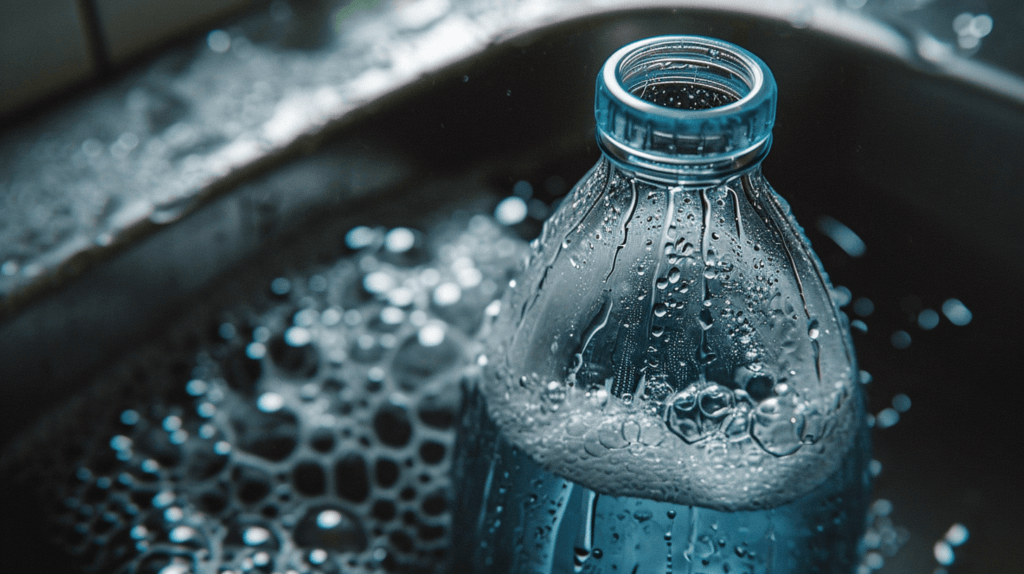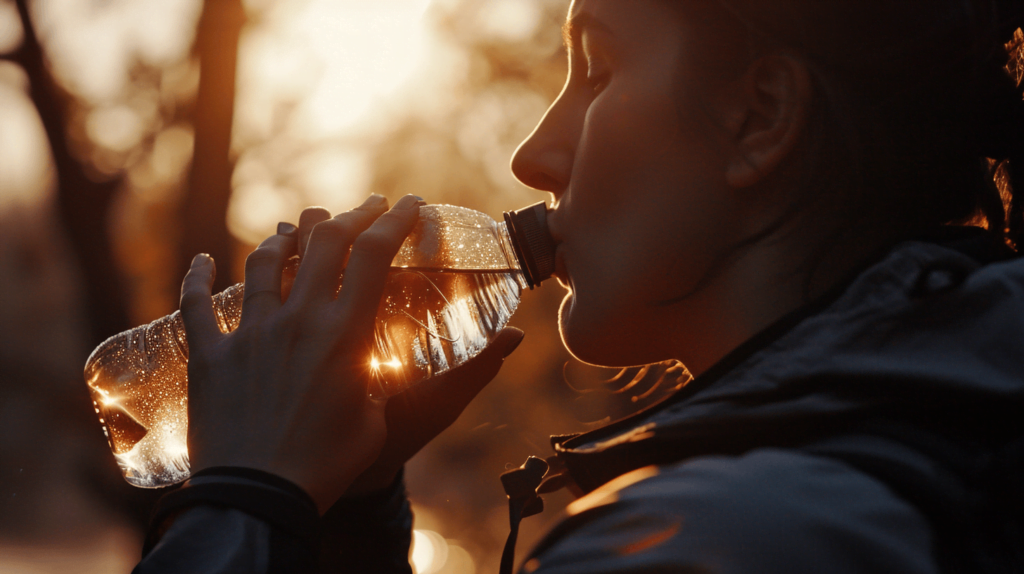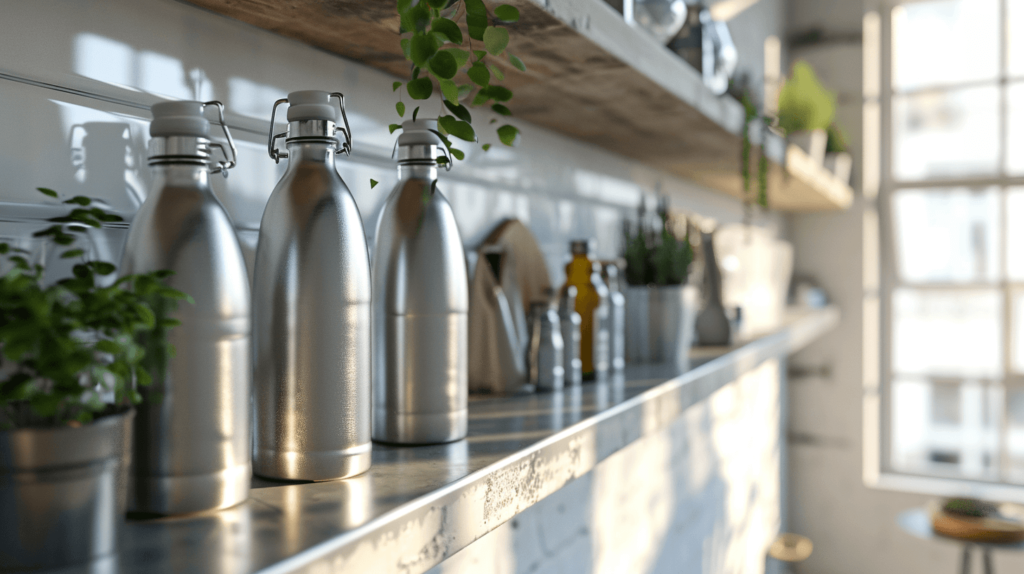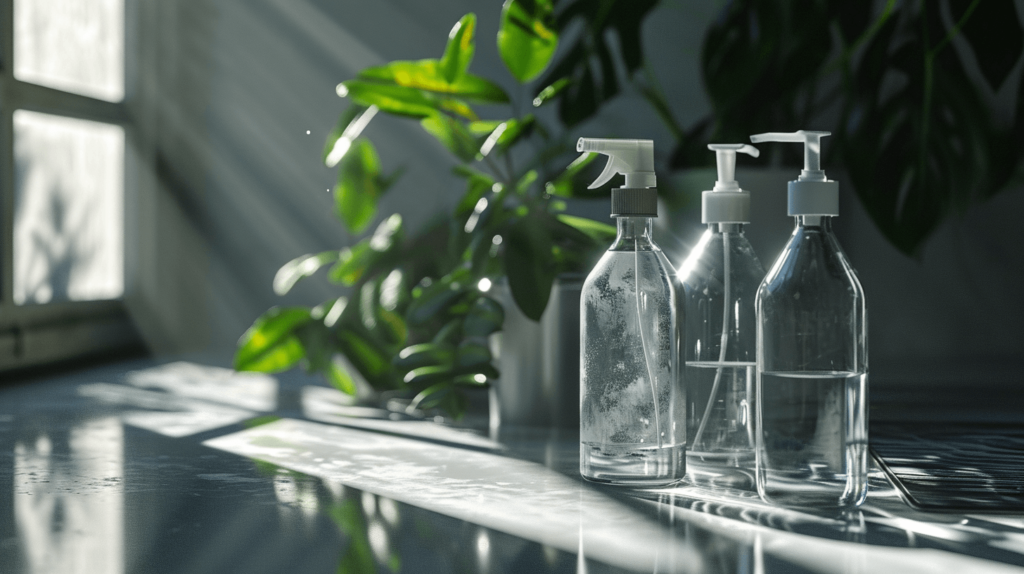When you see black dots before your eyes, that could be a bad sign!
You'd be surprised just how many times the phrase "how to remove mold from rubber seal on water bottle" appears in Google's search engine. Too many times, that's for sure.
Maybe you’ve just seen spots of mold in the rubber seal of your water bottle. It may multiply and grow like the spots on snow spread by the Cat in the Hat. And isn’t it supposed to be bad for you?
Before you toss it into the garbage – there’s a way to revive it and boost your zero-waste footprint in the process.

There are several proven ways to clean mold from a water bottle - allowing you to know the water inside is safe to drink. I'm going to share a specialized cleaning method, for plastic or stainless steel water bottles, that's worked great at home for me, my family, and friends.
When you drink from the water bottle, your normal salivary bacteria enter the bottle. Any invisible spores of mold may develop from those bacteria, and they’ll thrive in warmth, moisture, and light.
Even bacteria left behind when you thought you’d washed the bottle out properly the day before may start growing, which may take a day or two to become visible.
Regularly washing your bottle with hot water and dish soap may not be enough to clean out any residue of bacteria, so eliminating mold requires a specialized cleaning process.
First things first - when you see mold around the neck of the water bottle where the lid seals, stop drinking that water immediately!
Now, read on to find out how to refresh your water bottle.
Start with your regular wash of the bottle in hot water and dish soap, but use a soft bottle brush to clean out all the inner folds and outer surfaces of the seal. Then, immerse the cleaned bottle and lid in a mixture of water and white vinegar (equal quantities of each) and leave to soak (overnight). White vinegar kills 82% of the spores. Alternatively, soak the bottle and lid in a bleach solution (one part bleach to four parts water). This kills more bacteria.

Now that the vinegar (or bleach) has killed the mold, the seal should be scrubbed clean. Use 2 teaspoons of baking soda mixed to a paste with a little water, and rub it into all the creases, leaving it to work for 10 minutes.
Wash the bottle and the lid, thoroughly (as in the first step) again, paying special attention to the seal. Rinse thoroughly with clean water.
Dry the bottle and lid, with a soft cloth, focusing on drying out all the creases in the seal - (you could even blast it with a hot hairdryer) – and set it out to dry on a drying rack.
When it is completely dry, you may use the bottle again, by filling it with clean water and closing it properly with the clean lid.

Try to get into a flow with this - clean it every time you've used the water bottle.
The dry-out at the end is very important, so use the hairdryer on HOT to heat and dry the bottle, its seal, and the lid.
Time for a new water bottle? I tried dozens to narrow down my 5 favorites.


Bacteria is introduced from your mouth when you drink from the bottle; you may not have cleaned the bottle well enough before using it; bacteria grows once the bottle is opened, and eliminating mold requires a specialized cleaning process.
The short version - wash it well in hot, soapy water, and scrub it with a soft bottle brush. Then, soak it in either vinegar or bleach solution overnight. Then rinse and dry thoroughly. Always seal the bottle tightly when you fill it with fresh water.
Yes, mold is seriously harmful – different from mildew – and can cause nausea, diarrhea, vomiting, respiratory problems, and bleeding from the nose and mouth.
No, vinegar does not damage silicone but may damage products with a structured membrane or varnish, like tiles, or pearls.
I hope you found this lesson in cleaning your water bottle seal useful - if so you might also like my guide for cleaning spray bottles and stainless steel water bottles. A zero-waste lifestyle aims to avoid throwing away items unnecessarily – you’re doing something to cut down on pollution and waste.
Plus, it's always great knowing the everyday items you and your family use are clean, germ-free, and good to go.
Now, get out there and drink in the glow of the day.